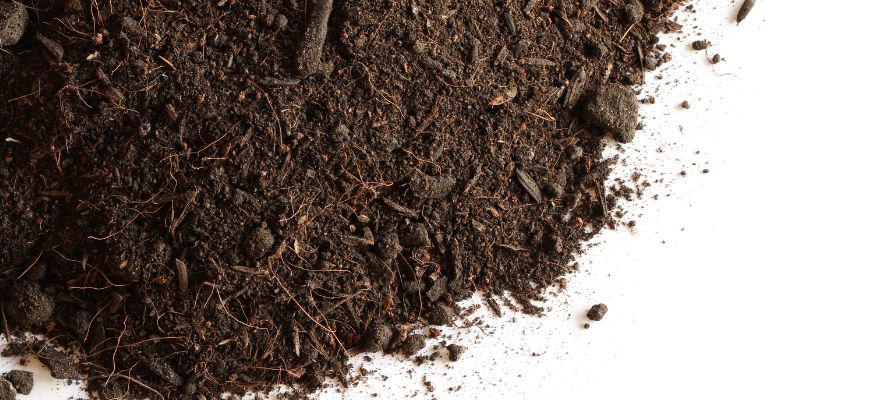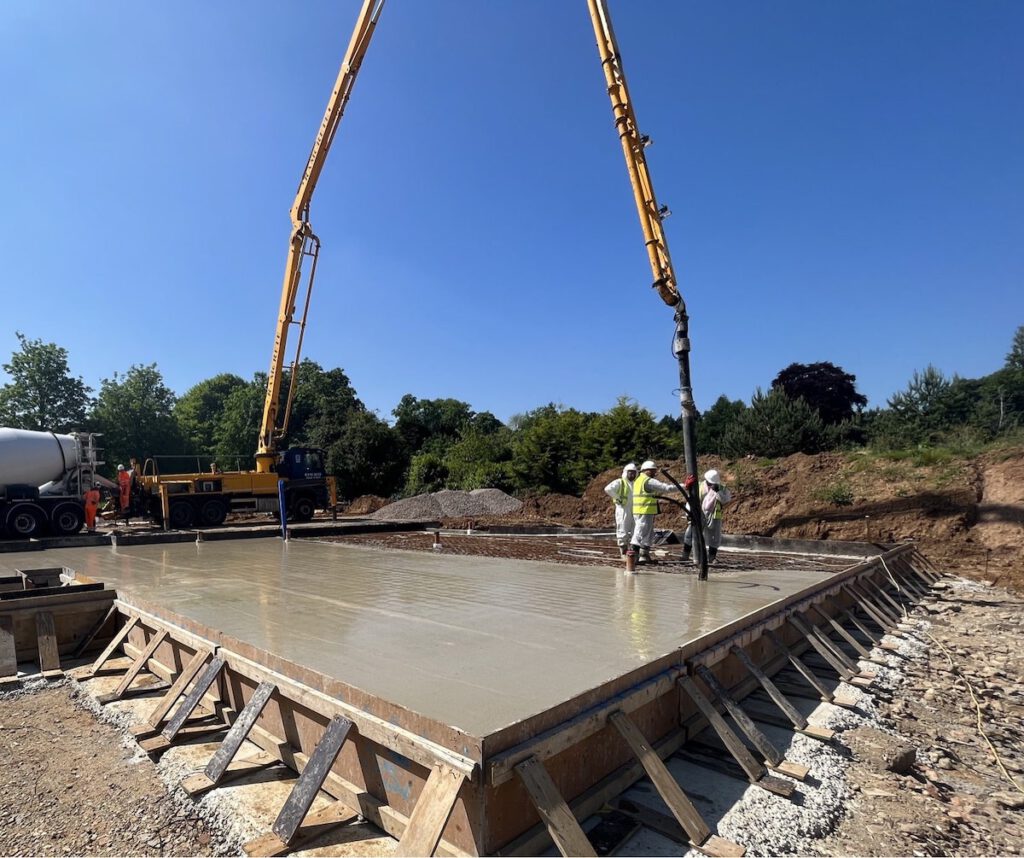Building on peat soil presents significant challenges due to the unique and difficult nature of this ground type. Peat is an organic soil composed mainly of decomposed plant material, with very high moisture content and low strength. It is highly compressible and prone to excessive settlement and instability under structural loads.
So, can you build on peat soil? The short answer is yes, but only with the right foundation solution, and piled raft foundations often provide the most effective approach.

Understanding Peat Soil Challenges for Construction
Peat soils have a number of characteristics that make construction tricky:
- Low bearing capacity: Peat cannot support heavy loads without significant deformation.
- High compressibility: Structures can experience large settlements over time as the peat compresses under weight.
- Poor shear strength: The soil has very low resistance to lateral forces.
- Water retention: Peat retains water, causing issues during construction and changes in volume due to variations in moisture.
Because of these challenges, traditional shallow foundations (like strip foundations) are typically unsuitable on peat. Without proper design, buildings risk excessive and uneven settlement, structural damage, or even failure.
What Foundation solution is the best choice for Peat Soil?
A piled raft foundation is a hybrid solution that combines a raft (a large concrete slab distributing loads across a wide area) with piles (deep vertical supports driven into stronger soils beneath the peat). This combination addresses peat soil problems by balancing load distribution and ground instability in a cost-effective manner.
Top 5 reasons why piled raft foundations are the best choice for building on peat:
- Reduced Settlement Risk:
By using piles to support some of the load, the piled raft minimises long-term settlement that would occur if the building relied solely on the peat. The raft also provides a stiff platform that resists differential settlement. - Cost Efficiency Compared to Full Piled Foundations:
Instead of relying solely on piles to carry all the load, the piled raft uses the raft to share the burden. This means fewer piles are needed than in a full-piled foundation system, lowering material and installation costs without compromising performance. - Improved Structural Performance:
The raft ties the piles together and helps distribute forces, thereby improving overall stability and reducing the risk of differential movement that can cause cracking or distortion of the structure. - Construction Efficiency:
Since the requirements for excavation of soft and waterlogged soils are minimised, this allows foundation construction to proceed more quickly, with reduced spoil. - Design Flexibility:
Piled rafts can be adapted to variable soil conditions and load requirements, making them suitable for a wide range of building types and sizes on peat soils.
How Does It Work in Practice?
Before construction, thorough geotechnical investigations are conducted to determine the thickness of the peat layer and the properties of the underlying soils. Piles are designed to penetrate through the peat into firmer strata such as dense sand or rock. The raft is then designed to work with the piles to spread the building’s weight efficiently, minimising settlement and ensuring stability.
The piled raft can be constructed using different pile types depending on the exact ground conditions. Some pile types such as CFA can be difficult to construct in thick and very soft peat, due to the lack of soil support to the wet concrete. However alternatives such as driven pre-cast concrete piles can be used instead.
The design and selection of pile type can be optimised as much as possible to ensure the most efficient overall solution. This includes selection of piling method and rig, as the soft peat soils also can offer little support to larger piling rigs, requiring the use of a thicker piling mat. All aspects of the construction process are considered in the foundation design.
Conclusion
While peat soil is a challenging foundation environment, it is certainly possible to build safely and effectively with the right engineering approach. Piled raft foundations offer an optimal balance between performance and cost, mitigating the risks of settlement and instability typical of peat soils. By combining piling with a raft slab, this foundation type ensures long-lasting structural integrity and peace of mind for construction projects on peatland.






